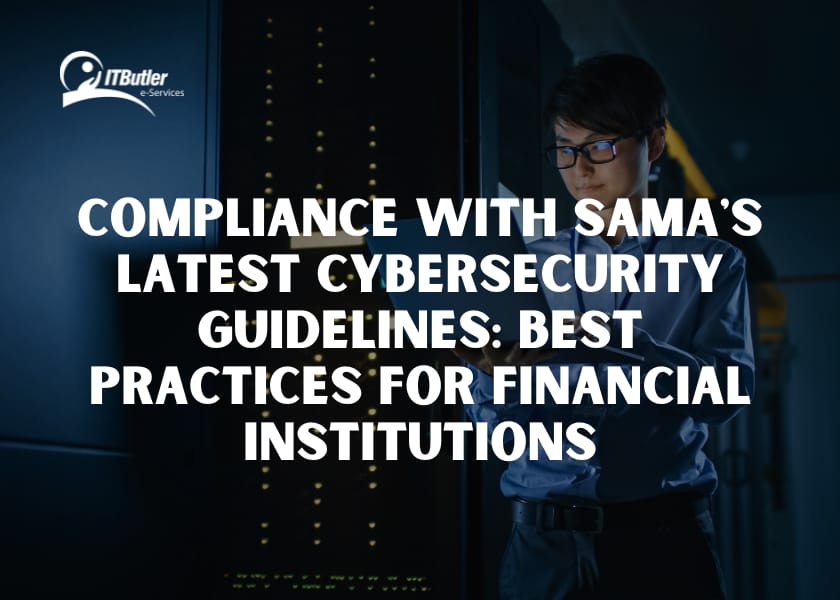In the ever-evolving landscape of cybersecurity, where threats are dynamic and sophisticated, organizations must fortify their defenses through comprehensive measures. One such crucial practice is the Security Architecture Review, a meticulous examination of network infrastructure, systems, and applications. This blog post provides an in-depth exploration, covering the concept, objectives, benefits, and the fundamental security objectives that underpin a robust security architecture.
What is a Security Review of Network Architecture?
A security review of network architecture involves a thorough assessment and evaluation of an organization’s network infrastructure. This includes scrutinizing the arrangement of devices, data flow, access controls, and risk exposure. The primary aim is to identify vulnerabilities, assess potential risks, and ensure that the organization’s network aligns with established security standards, best practices, and compliance requirements.
Key Components of a Security Architecture Review
1. Network Topology Analysis
- Conduct a detailed analysis of the organization’s network topology, examining the arrangement of devices, connections, and data flow.
- Identify potential bottlenecks, single points of failure, and areas susceptible to attacks.
2. Access Controls Evaluation
- Evaluate the effectiveness of access controls, scrutinizing authentication mechanisms, authorization protocols, and data encryption.
- Ensure that access privileges are aligned with the principle of least privilege.
3. Risk Assessment
- Conduct a comprehensive risk assessment to identify potential threats and vulnerabilities that may compromise data confidentiality, integrity, or availability.
- Prioritize risks based on their potential impact and likelihood of occurrence.
4. Compliance Check
- Verify that the network architecture complies with relevant industry regulations, legal requirements, and internal security policies.
- Identify and address any discrepancies that may expose the organization to legal or regulatory risks.
5. Incident Response Readiness
- Assess the organization’s readiness to respond to security incidents, evaluating the effectiveness of incident response plans and procedures.
- Conduct simulations to test the organization’s ability to respond to different types of incidents.
Objectives of Security Architecture Review
The objectives of a security architecture review are multifaceted, aiming to strengthen the organization’s defense mechanisms and ensure the integrity of its digital assets.
Key Objectives of Security Architecture Review
1. Identify Vulnerabilities
- Pinpoint potential weaknesses in the network architecture that could be exploited by malicious actors.
- Prioritize vulnerabilities based on their severity and potential impact on the organization.
2. Evaluate Compliance
- Ensure that the network architecture aligns with regulatory requirements, industry standards, and internal security policies.
- Provide recommendations for achieving and maintaining compliance.
3. Assess Risk Exposure
- Quantify and qualify the level of risk exposure, considering both internal and external threats to the organization.
- Provide risk mitigation strategies based on the assessed risks.
4. Enhance Security Controls
- Recommend improvements to security controls, protocols, and technologies to bolster the overall security posture.
- Consider emerging threats and technologies to ensure the architecture remains resilient over time.
5. Validate Incident Response Plans
- Verify the effectiveness of incident response plans, ensuring the organization is prepared to mitigate and recover from security incidents.
- Provide recommendations for enhancing incident response capabilities.
Benefits of Security Architecture Review
A meticulous security architecture review yields a myriad of benefits, contributing to a more resilient and proactive cybersecurity posture.
Key Benefits of Security Architecture Review
1. Risk Mitigation
- Early detection and remediation of security issues proactively mitigate the risk of security breaches and data compromises.
- Implement measures to reduce the attack surface and minimize potential points of exploitation.
2. Compliance Assurance
- Ensuring alignment with regulatory requirements safeguards the organization from legal consequences and reputational damage.
- Establish processes for continuous monitoring and adaptation to evolving compliance standards.
3. Cost-Efficiency
- Early identification and remediation of security vulnerabilities prevent potential financial losses associated with data breaches and system compromises.
- Implement cost-effective security controls and measures to maximize the return on investment.
4. Enhanced Incident Response
- Validating incident response plans prepares the organization to respond swiftly and effectively in the event of a security incident.
- Conduct regular training and drills to ensure the incident response team is well-prepared for various scenarios.
5. Stakeholder Confidence
- Demonstrating a commitment to security through regular architecture reviews instills confidence in clients, partners, and stakeholders.
- Communicate the organization’s dedication to cybersecurity through transparent reporting and documentation.
The 5 Fundamental Objectives for Security
The security of an organization’s digital assets relies on a set of fundamental objectives that collectively create a robust security framework.
5 Fundamental Objectives for Security
1. Confidentiality
- Ensure that sensitive information is accessible only to authorized individuals and protected against unauthorized access.
- Implement encryption and access controls to safeguard confidential data.
2. Integrity
- Safeguard the accuracy and reliability of data by preventing unauthorized modifications or tampering.
- Implement checksums, hashing, and digital signatures to verify data integrity.
3. Availability
- Guarantee that critical systems and data are available and accessible when needed, minimizing downtime and disruptions.
- Implement redundancy and failover mechanisms to ensure continuous availability.
4. Authentication
- Verify the identity of users, devices, or systems to prevent unauthorized access and ensure accountability.
- Implement multi-factor authentication and strong authentication protocols.
5. Authorization
- Grant appropriate permissions and access rights to users, ensuring they have the necessary privileges to perform their roles.
- Regularly review and update access permissions based on changes in roles and responsibilities.
In conclusion, a security architecture review is not just a routine check; it’s a strategic imperative for organizations seeking to fortify their cybersecurity defenses. By systematically assessing network architecture, addressing vulnerabilities, and aligning with key security objectives, organizations can establish a resilient defense against a dynamic threat landscape. The benefits extend beyond risk mitigation to encompass compliance assurance, cost-efficiency, enhanced incident response, and stakeholder confidence. Embracing the five fundamental security objectives further reinforces the organization’s commitment to safeguarding its digital assets and maintaining a secure and trustworthy environment.






